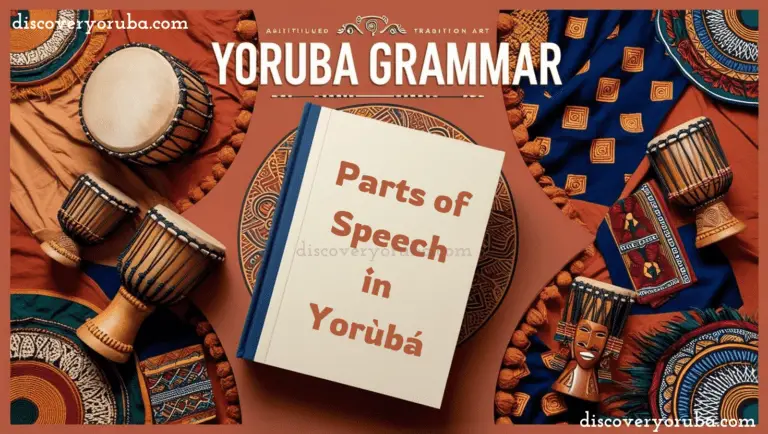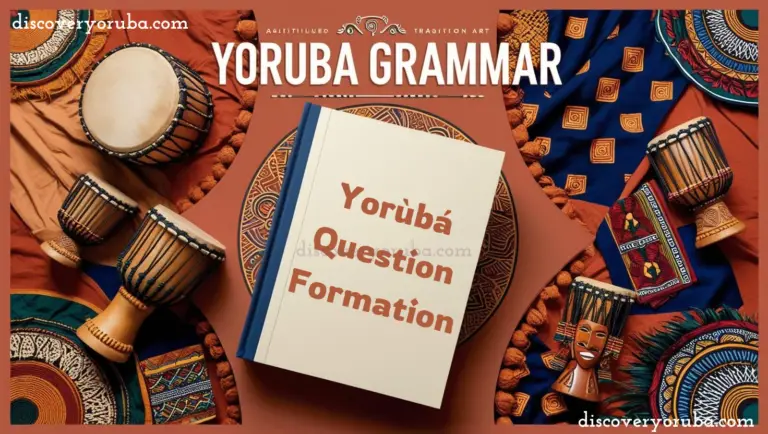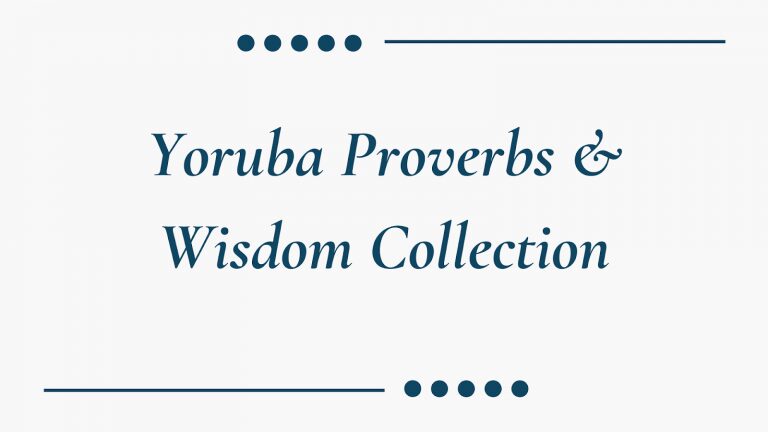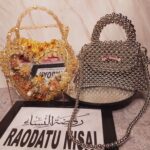DiscoverYoruba.com is your one-stop for embracing Yoruba culture, entertainment, and history unfolding.
Welcome back, language explorer! We’re thrilled to have you here for this session on Yorùbá Tenses. In the previous post on Yorùbá Grammar, we explored Parts of Speech and Sentence Structure in Yorùbá where we discussed the eight parts of speech in Yorùbá, which include: Noun (Ọrọ Orukọ), Pronoun (Ọrọ Arọpo Orukọ), Verb (Ọrọ Iṣe), Adjective (Ọrọ Apọnle), Adverb (Ọrọ Aṣapejuwe), Preposition (Ọrọ Asọtẹlẹ), Conjunction (Ọrọ Asopọ), and Interjection (Ọrọ Iṣiro). We also explored the sentence structure in Yorùbá language and how it uses the Subject + Verb + Object (SVO) format.
For example, Mo ra iwe. → (I bought a book.)
Mo (I) – Subject
ra (bought) – Verb
iwe (book) – Object
We also got to know about emphasis and flexibility in Yorùbá Sentence Structure. For example, A ra aṣọ. → (We bought clothes.)
Emphasised version: Aṣọ la ra. → (It is clothes that we bought.)
Let’s continue our journey into Yorùbá Grammar and uncover even more exciting details! Now, let’s dive deeper into “Yorùbá Tenses” and “Negative Sentences in Yorùbá”.
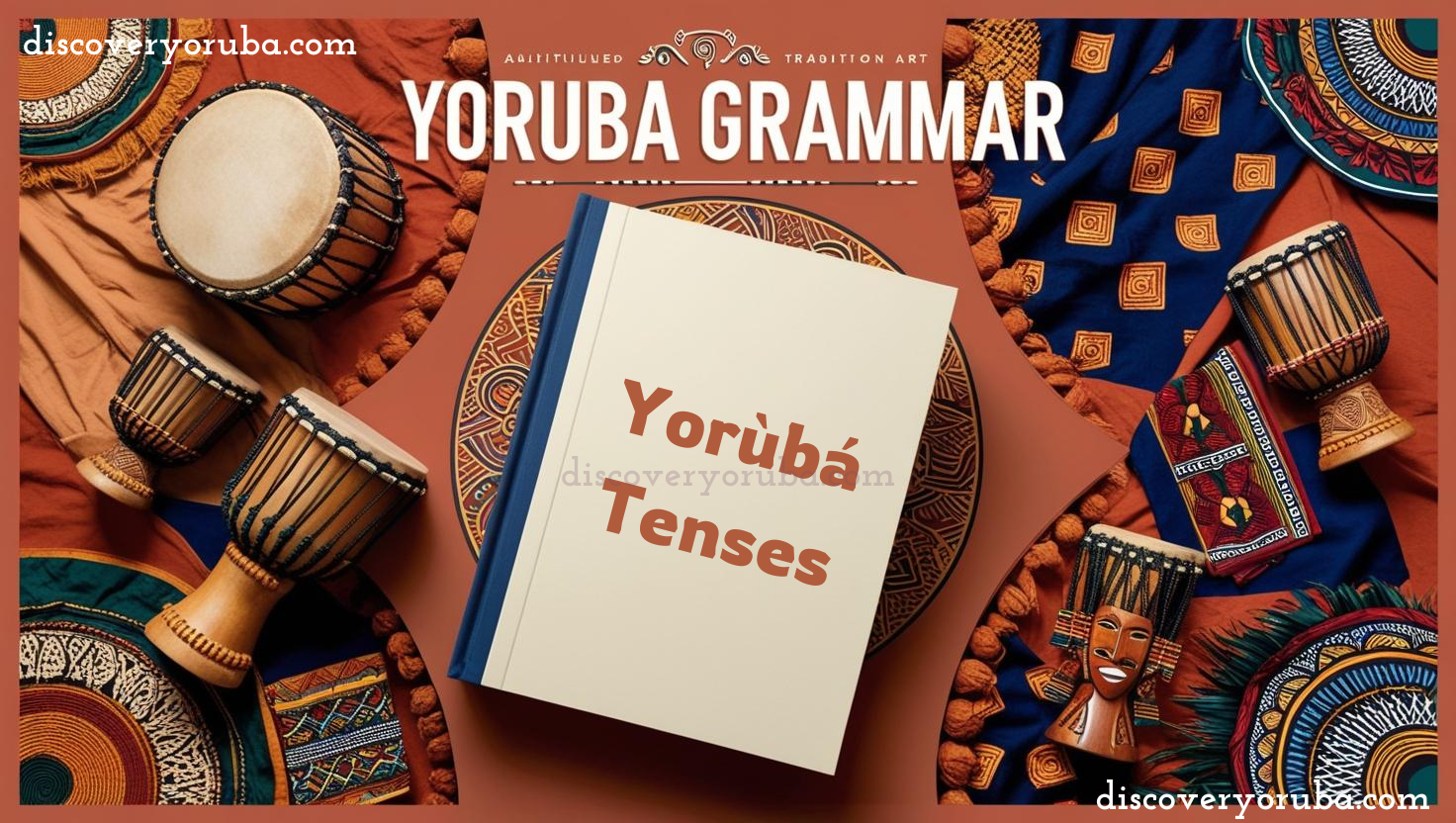
Yorùbá Tenses
Yorùbá verbs do not change form based on tense, unlike in English. Instead, tense is shown using auxiliary words before the verb. The Yorùbá tenses express the timing of an action, and there are three main tenses: present, past, and future.
1. Present Continuous Tense → (Ìgbà ti a wa [happening now])
The present tense describes actions occurring right now or habitual actions. In Yorùbá Tenses, the present tense often uses the prefix “n ́” before the verb or sometimes no marker at all.
Examples:
1. Mo n ́ jẹun. → (I am eating.)
2. Wọ́n n ́ kọ́ ilé. → (They are building a house.)
3. A n ́ ṣiṣẹ́. → (We are working.)
4. Baba n ́ ka ìwé. → (Father is reading a book.)
5. Ọmọ náà n ́ ṣere. → (The child is playing.)
6. A n ́ sun. → (We are sleeping.)
7. Ó n ́ lọ sí Eko. → (He/She is going to Lagos.)
2. Past Tense → (Ìgbà tó kọjá [happened before])
The past tense describes completed actions, i.e. actions that have already happened. This tense often uses the word “ti” before the verb, indicating completed actions.
Examples:
1. Mo ti jẹun. → (I have eaten.)
2. Wọ́n ti kọ́ ilé. → (They have built a house.)
3. A ti ṣiṣẹ́. → (We have worked.)
4. Baba ti ka ìwé. → (Father has read a book.)
5. Ọmọ náà ti ṣere. → (The child has played.)
6. A ti sun. → (We have slept.)
7. Ó ti lọ sí Eko. → (He/She has gone to Lagos.)
Note: In casual Yorùbá speech, the past tense marker “ti” may be omitted when the context is clear that the action has already happened. For example:
1. Tolu jẹun. → (Tolu ate.) Instead of “Tolu ti jẹun.”
2. Wọ́n kọ́ ilé. → (They built a house.) Instead of “Wọ́n ti kọ́ ilé.”
3. A ṣiṣẹ́. → (We worked.) Instead of “A ti ṣiṣẹ́.”
This omission is common in spoken Yorùbá, making conversations more fluid and natural.
3. Future Tense → (Ìgbà tó n bọ [will happen later])
The future tense expresses actions that will happen later and is marked by “yóò” or “máa” (indicating intent). In Yorùbá Tenses, the word “yóò” is placed before the verb to form this tense.
Examples:
1. Wọ́n máa kọ́ ilé. → (They will build a house.)
2. A máa ṣiṣẹ́. → (We will work.)
3. Baba máa ka ìwé. → (Father will read a book.)
4. Ọmọ náà yóò ṣere. → (The child will play.)
5. Mo máa jẹun. → (I will eat.)
6. Ó máa lọ sí Eko. → (He/She will go to Lagos.)
7. A máa sun. → (We will sleep.)
Note: “Máa” can also be used for certainty, e.g., “Mo máa jẹun.” → (I will surely eat.)
Yorùbá tenses and structure are simple but rely heavily on auxiliary markers and context.
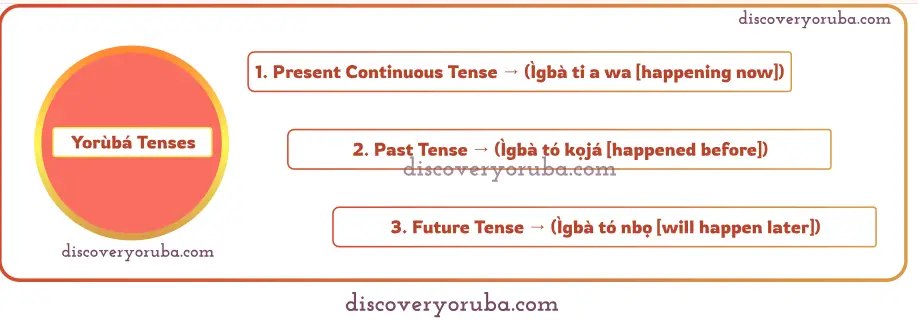
An image showing the Yorùbá Tenses
Negative Sentences in Yorùbá
In Yorùbá Tenses, negative sentences are formed by using different expressions depending on the tense. For past and present tenses, “kò” is added before the verb, while “kì yóò” or “kò ní” is used for future tense. The particle “kò” appears in main clauses, while “má” is used in prohibitions and subordinate clauses.
Here are some examples:
1. N kò mọ → (I do not know.)
2. Má rà á → (Don’t buy it!)
3. Mo ní kí ò má kà á → (I told you not to read it.)
4. Kò ti lọ → (He/She has not gone.)
5. Ọrọ rẹ kò ye mi → (I don’t understand you.)
6. Màṣe fi mi sílẹ → (Don’t leave me.)
7. Kò sí wahala → (No problem.)
8. N kò le e sọ Larubawa → (I can’t speak Arabic.)
9. Wọ́n kò ṣiṣẹ́ lóni → (They are not working today.)
10. Baba kò ra ọkọ̀ ayọ́kẹ́lẹ́ → (Father did not buy a car.)
11. Ọmọ náà kò ní lọ sí ilé Ẹkọ́ lọla → (The child will not go to school tomorrow.)
If you enjoyed this post on Yorùbá Grammar, be sure to check out the next part because the journey doesn’t end here. Join us in the next post for even more discoveries, where we discuss “Yorùbá Question Formation” and “Useful Tips for Learning Yorùbá Grammar”.
References
1. Bamgbose, Ayo. A Grammar of Yorùbá.
2. Awobuluyi, Oladele. Studies in Yorùbá Grammar.
3. UNESCO Language Documentation Project.
4. Yorùbá Grammar Made Easy” by Adewale Adejumo.
5. Understanding Yorùbá Language” by Kemi Adesina

